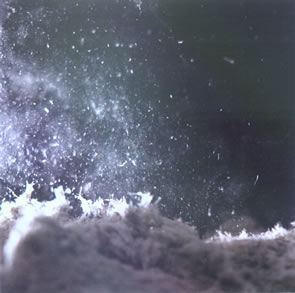ANDREW Barr and Simon Corbell have announced a research program into the potential long-term health risks of living in a house with loose-fill “Mr Fluffy” asbestos.
The research will be undertaken by the Australian National University’s National Centre for Epidemiology and Population Health and overseen by the Chief Health Officer.
Chief Minister Barr said the ACT Government would be investigating the potential health impacts that this type of asbestos may have on residents who have are living or have lived in these homes.
“Mr Fluffy loose-fill asbestos has been identified in more than a thousand Canberra homes and this grant demonstrates our ongoing commitment to addressing the legacy of Mr Fluffy,” Andrew said.
“Mr Fluffy homeowners indicated to the ACT Government at an Asbestos Response Taskforce community forum last year that they would like a health study conducted on this issue. We have listened, and responded.
“We have commissioned an epidemiological study on the risk of developing mesothelioma among people who have lived, or are currently living, in a house with loose-fill asbestos in the ACT.
Simon said that although the mesothelioma rate was low in the ACT, with around 10 cases per year, the ACT faced a unique problem in the large number of loose-fill asbestos houses in the territory, and it was important for the government to find out as much as it could about the effects of living in a Mr Fluffy house.
“The period from exposure to developing mesothelioma can be as long as 40 years so if there is an increase in mesothelioma cases in the ACT as a result of loose-fill amosite asbestos, it may not be seen for many years,” Simon said.
“This means that it is possible that this study may well be updated over time.
“ACT Health already has a robust surveillance and knowledge system of loose-fill amosite asbestos and mesothelioma affected persons who lived in the ACT at the time of diagnosis.
“Each part of the study will feed information into the next part so the whole picture will not become clear until the end of the study.
“General results of the study will be made public and it is anticipated that detailed results will be published in peer-reviewed journals.”
There are four parts to the study:
-
1. A review of mesothelioma rates and distribution in the ACT.
2. Focus groups held with current and recent residents of affected houses to discuss their health-related concerns with voluntary participation
3. A study looking at the likely exposure levels of current and recent residents in terms of years lived in an affected house and activities such as renovating.
4. A study linking a number of data sets to estimate the risk of developing mesothelioma in current and former residents of affected houses compared with the general population.
[Photo via m3asbestos.com
The post ANU to research the Fluffies appeared first on Canberra CityNews.
